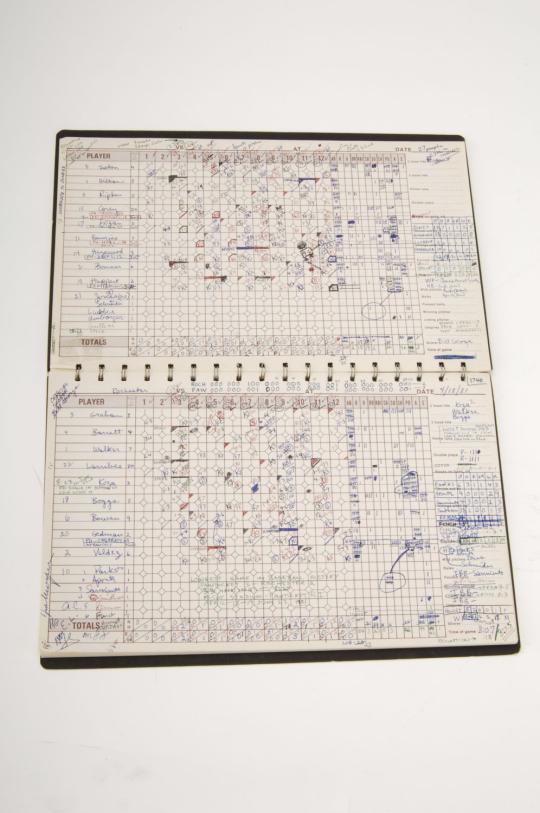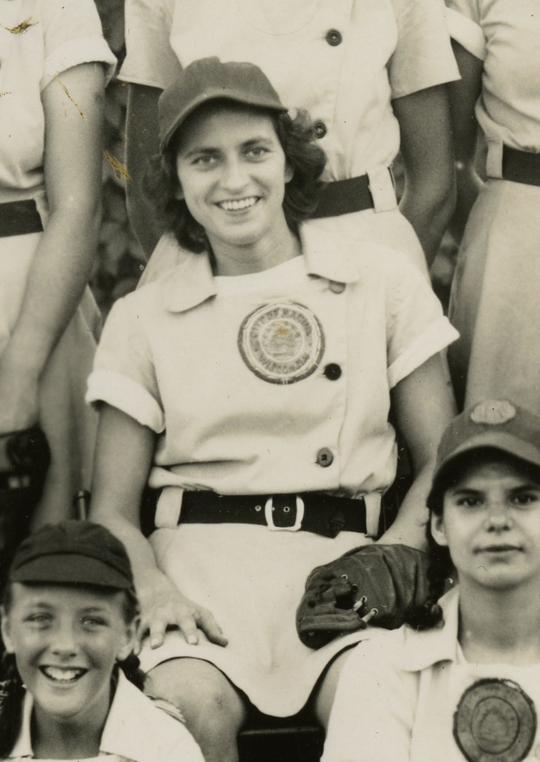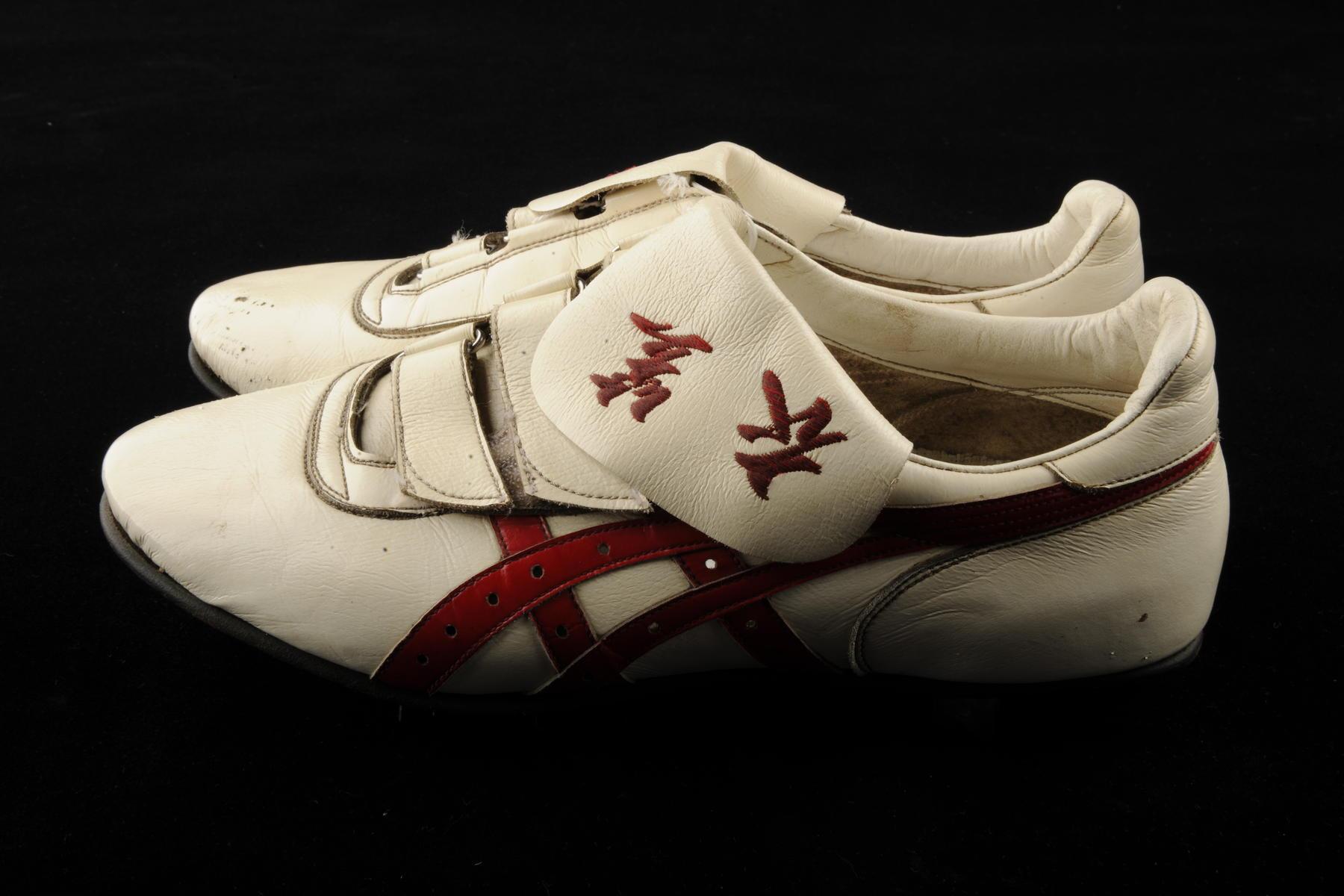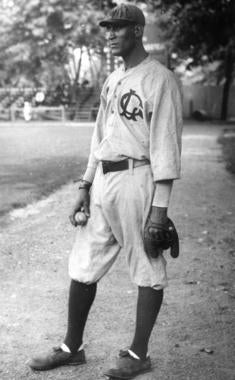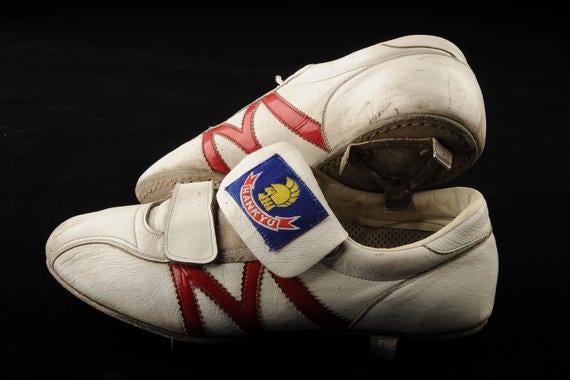“I just wanted to play baseball. For me, baseball is my life, baseball is everything.”
Nothing Minor About It
“The Museum is not strictly devoted to Major League Baseball; it’s devoted to all of baseball, whether it’s the lower levels of baseball or overseas baseball or just the concept of baseball. We delve into all sorts of different types of facets of baseball, so this exhibit should be no different.”
Proving that baseball can be played at a high level by both sexes, Kurys stole 201 bases in 203 attempts for the All-American Girls Professional Baseball League Racine Belles in 1946. While the AAGPBL theft mark was set on a smaller field and using a larger ball than the big leagues, the “Flint Flash” – unlike the men of her or any other time – did her sliding in a skirt.
While baseball has been called the United States’ national pastime, a similar passion has over the decades spread all around the world. One example is Japanese star Kinugasa, who, while playing for the Hiroshima Carp, set a Nippon Professional Baseball standard with 2,215 consecutive games played in a stretch that ran from 1970 to 1987.
Today, Cal Ripken Jr. is heralded for his major league consecutive games streak of 2,632 games, shattering Lou Gehrig’s once “unbreakable” record of 2,130. The spikes Kinugasa wore on June 13, 1987, the day he played in his 2,131st straight contest to break the “Iron Horse’s” standard, and eight years before Ripken neared the longtime Yankee’s feat, are now a part of One for the Books.
“If we have a game, I want to play, that’s all,” said Kinugasa, when approaching Gehrig’s record in 1987. “I’ve forced myself for a long time to play despite slumps and injuries. The record itself is not the goal. It’s only the natural outcome of my determination to play.
“I just wanted to play baseball. For me, baseball is my life, baseball is everything.”
Kinugasa, known in Japan as “The Iron Man,” was similarly gracious when Ripken was later approaching his international record.
“A lot of people ask me, ‘Don’t you feel sorry the record is going to be broken?’ but I really feel it’s the opposite,” Kinugasa said. “The record is there to be broken.
“The one thing in common between us is consecutive games played, and neither one of us really focused on the record.”
Unlike those previously mentioned, Redus knew what it was like to play in the “The Show,” having spent 13 seasons (1982-94) patrolling big league outfields for the Cincinnati Reds, Chicago White Sox, Pittsburgh Pirates and Texas Rangers. But it’s what he accomplished in 1978, in his first season of professional baseball, which makes his inclusion in One for the Books possible.
Also included in the exhibit is the 33-inning International League game between the Pawtucket (RI) Red Sox and Rochester (NY) Red Wings that took place over three days in 1981, as well as the 81 consecutive wins by the Cincinnati Red Stockings overlapping the 1869 and 1870 seasons, a record for pro baseball prior to the era of the major leagues.
“The precedent was set from the institution’s origins that we’re not just a museum about Major League Baseball. We’re a museum about baseball,” Shieber said. “And wherever that takes us, wherever there’s a good story that’s going to educate, entertain and inform the visitor, we’ll go there.”
Bill Francis is the senior research and writing specialist at the National Baseball Hall of Fame and Museum

